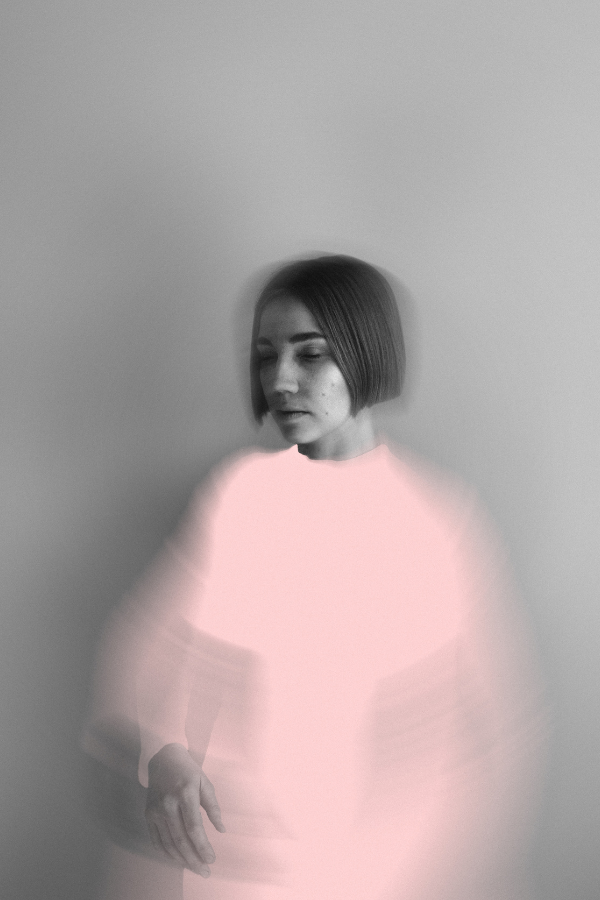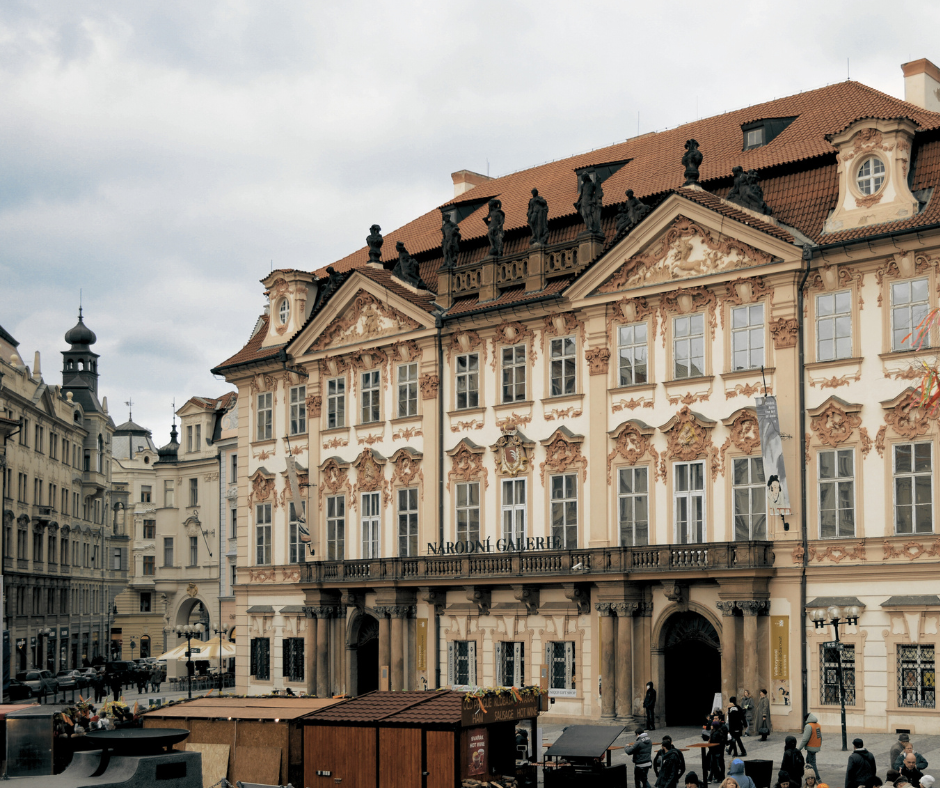

Blood, Sweat, and Tiers: How Does a Dancer Become a Prima Ballerina?
Summary
This article delves into the intense journey and dedication required to reach the pinnacle of ballet. It highlights the rigorous training, essential qualities like technical excellence and artistic expression, and the challenges faced along the way. The article also celebrates the influence and legacies of renowned prima ballerinas who have made significant contributions to the art form.
Reflection Questions
- What qualities distinguish a prima ballerina from other dancers?
- How do the challenges and sacrifices detailed in the article reflect the dedication required to excel in ballet?
- Reflect on the role of mentorship and continuous learning in the development of a prima ballerina.
Journal Prompt
Reflect on your own goals and the dedication they require. How does the journey of a prima ballerina inspire you to pursue excellence in your own field? Write about the parallels you see and the lessons you can apply from their dedication to your personal aspirations.
Ballet, often synonymous with grace and beauty, takes on a new dimension when one aspires to become a prima ballerina. “Prima ballerina” literally translates to “first ballerina” in English. It’s an Italian term used in ballet to denote the lead female dancer in a ballet company, typically the most skilled and prominent member of the ensemble. The journey from a young dancer to the pinnacle of the ballet world is marked by dedication, discipline, and an steadfast commitment to the art form. In this article, we will look into the definition and significance of a prima ballerina, exploring the exhaustive training regimen, essential qualities required, challenges faced, and the celebrated figures who have left an unforgettable mark on the world of ballet.
The Making of a Prima Ballerina
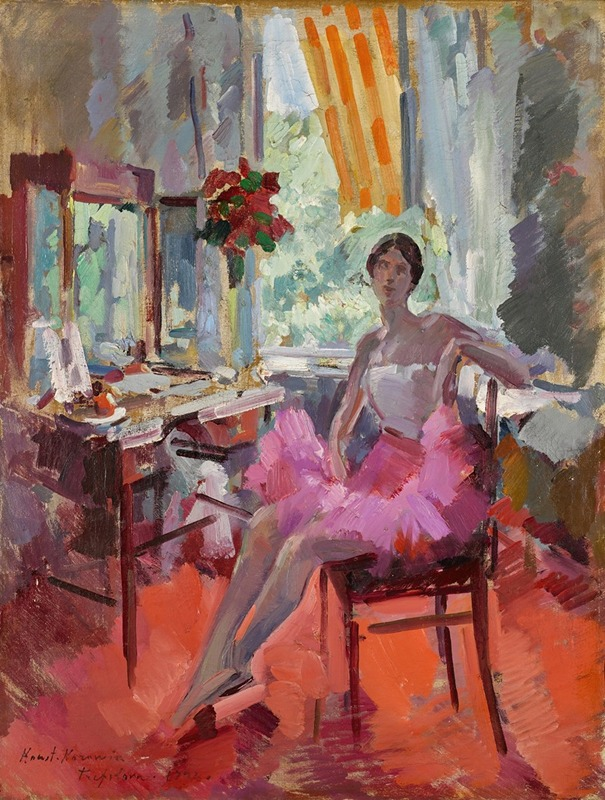

The journey to becoming a prima ballerina often commences in childhood. Young, aspiring dancers enter the world of ballet with wide-eyed wonder and a passion for movement. The foundations laid during these formative years become the building blocks for a future in the spotlight.
From the first plié to the intricate arabesques, mastering foundational ballet techniques is paramount. A prima ballerina’s journey begins with an unyielding commitment to perfecting the basics. The alignment of the body, precision of movement, and understanding of musicality all contribute to the development of a technically proficient dancer.
Rigorous Training Regime
The life of a prima ballerina is one of perpetual motion. Daily classes, spanning hours, are dedicated to refining techniques and building strength. Rehearsals are intense, demanding perfection in every pirouette and leap. The repetitiveness of these sessions cultivates muscle memory, enabling dancers to execute movements flawlessly on stage.
Endurance, both physical and mental, is the crucible in which a prima ballerina is forged. The constant push beyond limits, the demand for perfection, and the emotional toll of artistic expression require a resilience that sets these dancers apart. It is the daily confrontation of challenges that shapes the mental fortitude essential for success.
Performing Experience
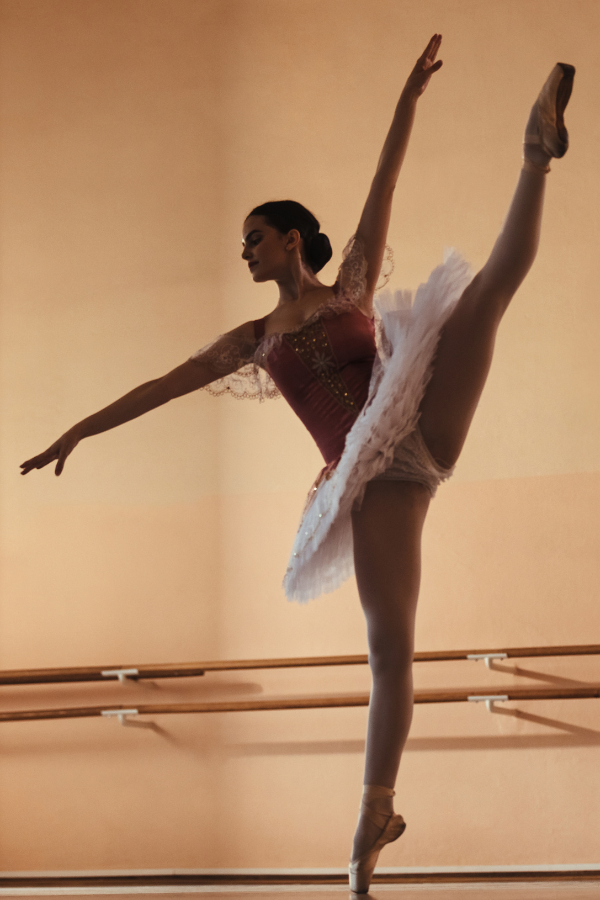

The transition from the studio to the stage is a pivotal moment in a dancer’s journey. Participation in school and company productions allows aspiring prima ballerinas to hone their performance skills and gain exposure. The stage becomes a canvas where technique and emotion intertwine, laying the groundwork for a future in the limelight.
Competitions and auditions act as gateways to recognition. Prima ballerinas often emerge from the crucible of competitions, where they showcase their skills before esteemed judges and audiences. Auditions for professional companies become milestones, determining entry into the echelons of the ballet world.
Joining a Professional Company
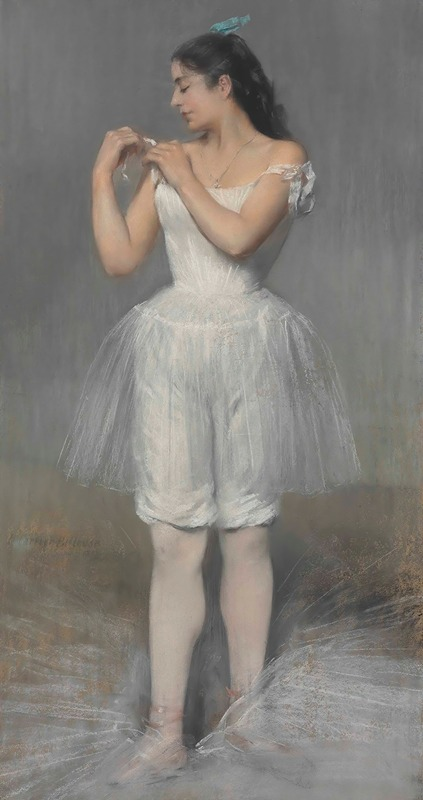

Joining one of several major ballet companies is a highly competitive and rigorous process, often the culmination of years of intense training, dedication, and passion for the art of ballet. Aspiring dancers typically begin their journey at a young age, attending prestigious ballet schools where they hone their technique, artistry, and performance skills.
Auditions for ballet companies usually involve demonstrating ballet technique, flexibility, and the ability to quickly learn and perform choreography. Success in these auditions requires not only exceptional technical skill and physical capabilities but also the artistic expression and unique qualities that align with a company’s aesthetic and repertoire.
Fuel your creative fire & be a part of a supportive community that values how you love to live.
subscribe to our newsletter
*please check your Spam folder for the latest DesignDash Magazine issue immediately after subscription


Once accepted into a company, dancers start at the corps de ballet level, with the potential to advance to soloist and principal roles based on their talent, work ethic, and the artistic director‘s vision. The journey to joining a professional ballet company is marked by sacrifices, physical demands, and relentless pursuit of perfection, but for those who make it, it offers the chance to be part of the storied tradition of ballet, perform on prestigious stages worldwide, and contribute to the evolution of this exquisite art form.
Navigating through the Ballet Ranks
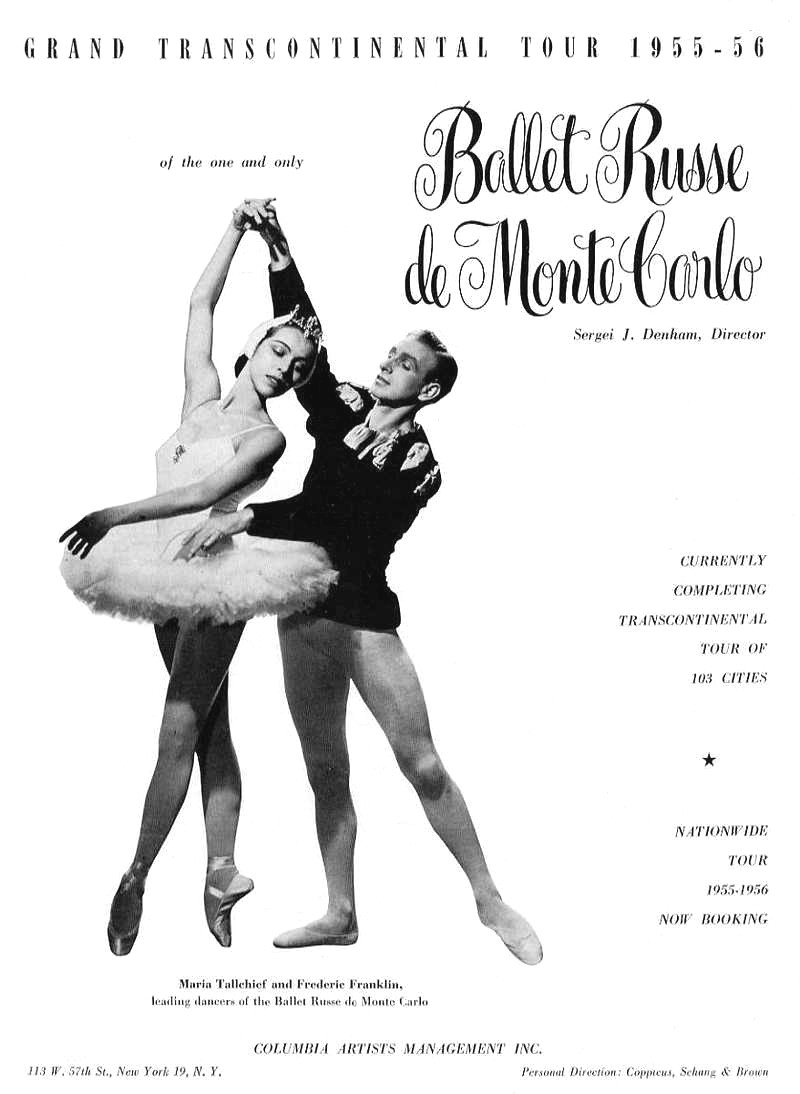

Each dance company—from the American Ballet Theatre to the The Royal Ballet—has a hierarchical structure that establishes the ranks and roles of its dancers. While the specific titles may vary between companies, the general hierarchy often includes the following ranks, listed in ascending order.
Corps de Ballet: The corps de ballet consists of an ensemble of dancers who perform together as a group. They provide the background for soloists and play an integral role in larger productions.
Coryphée: A dancer who holds a rank slightly above the corps de ballet but below the soloists. Coryphées often have featured roles within the corps and may serve as understudies for soloist roles.
Sujet or Demi-soloist: These dancers are considered soloists in training, often performing small featured roles and gaining experience for more significant opportunities in the future.
Soloist: Soloists are accomplished dancers who perform featured roles in ballet productions. They demonstrate a high level of technical skill and artistry, often dancing alongside or in support of the principal dancers.
First Principal Dancer: The highest rank in a ballet company, principal dancers are the stars of the show. A principal ballerina will take the lead roles in ballets and is known for her exceptional technique, artistry, and ability to express the emotional depth of a character.
Prima Ballerina Assoluta (or Prima Ballerina for females): An honorary title reserved for the most exceptional and revered ballerinas. This title is not universally used and is typically awarded for an outstanding and enduring contribution to the world of ballet.
Dancers progress through these ranks based on their talent, dedication, and artistic growth. Each rank comes with increased responsibilities, challenging choreography, and a greater opportunity to showcase individual artistry within the context of the ballet company’s productions.
Key Qualities of a Prima Ballerina
Technical Excellence
A prima ballerina epitomizes technical excellence through impeccable turnout, precise footwork, and controlled pirouettes. Her extensions reach extraordinary heights, displaying exceptional flexibility and strength. Perfect alignment and graceful transitions define her movements, while her balance and poise create a seamless flow. Each nuanced detail, from pointed toes to fluid port de bras, contributes to the technical brilliance that distinguishes a prima ballerina on the stage.
Artistic Expression and Emotional Depth
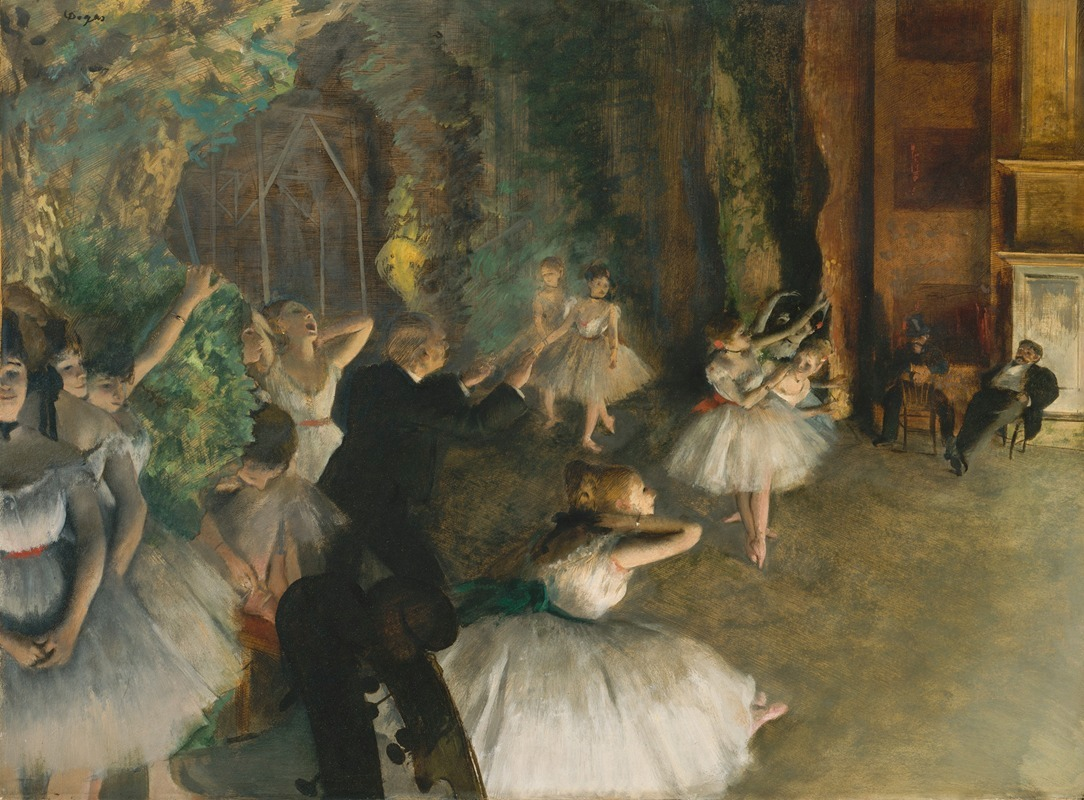

A prima ballerina conveys feelings through graceful movements and facial expressions, making each performance a captivating story. With every step, she communicates emotions, establishing a deep connection with the audience. Her dance becomes a powerful language, expressing an array of feelings and leaving a lasting impact on those who witness her artistry.
Leadership and Influence within the Company
A prima ballerina not only excels in dance but also embodies leadership within the ballet company. She guides fellow dancers, offering inspiration and mentorship. With influence extending beyond the stage, she shapes the artistic direction of the company, fostering cohesion and contributing to the collective brilliance of the ensemble.
Challenges and Sacrifices
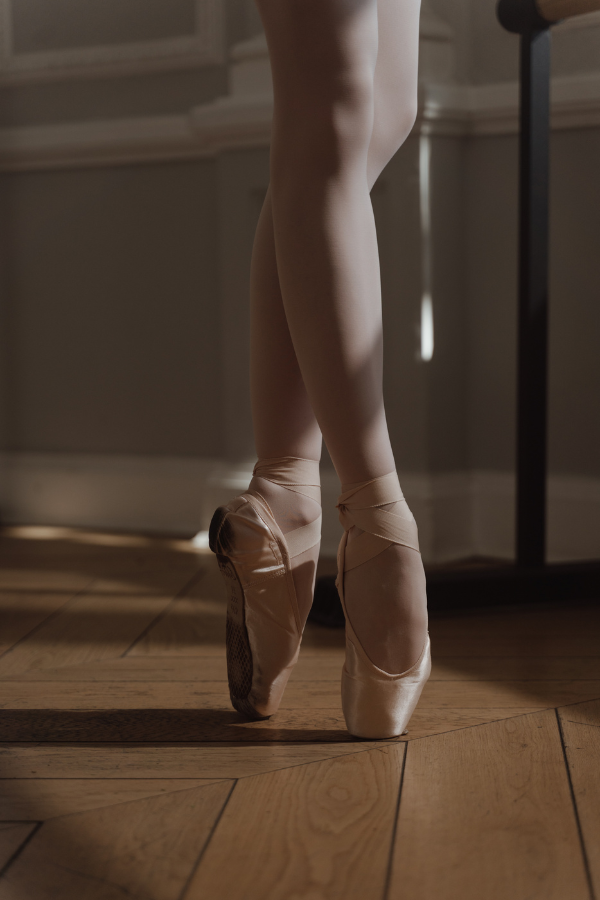

The journey to becoming a prima ballerina is fraught with physical strain and the risk of injuries. The relentless demands on the body, combined with the pursuit of perfection, can lead to strains, sprains, and more severe injuries. Prima ballerinas must navigate these challenges with resilience and dedication to continue their careers.
The commitment to ballet often requires personal sacrifices, too. Prima ballerinas dedicate countless hours to training and rehearsals, leaving limited time for social activities and personal pursuits. The pursuit of excellence demands discipline, focus, and a willingness to make sacrifices for the sake of the art form.
Beyond the Stage
Prima ballerinas go beyond the stage to become cultural icons. They’re not just famous in ballet but influence popular culture, shaping how people see beauty and grace. These dancers act as ambassadors, making ballet more critical and helping people appreciate classical dance. They connect with communities through programs, teaching, and media, making ballet part of our culture, inspiring new dancers, and ensuring the love for this art form lives on.
Celebrated Prima Ballerinas of Today and Throughout History
Maria Tallchief
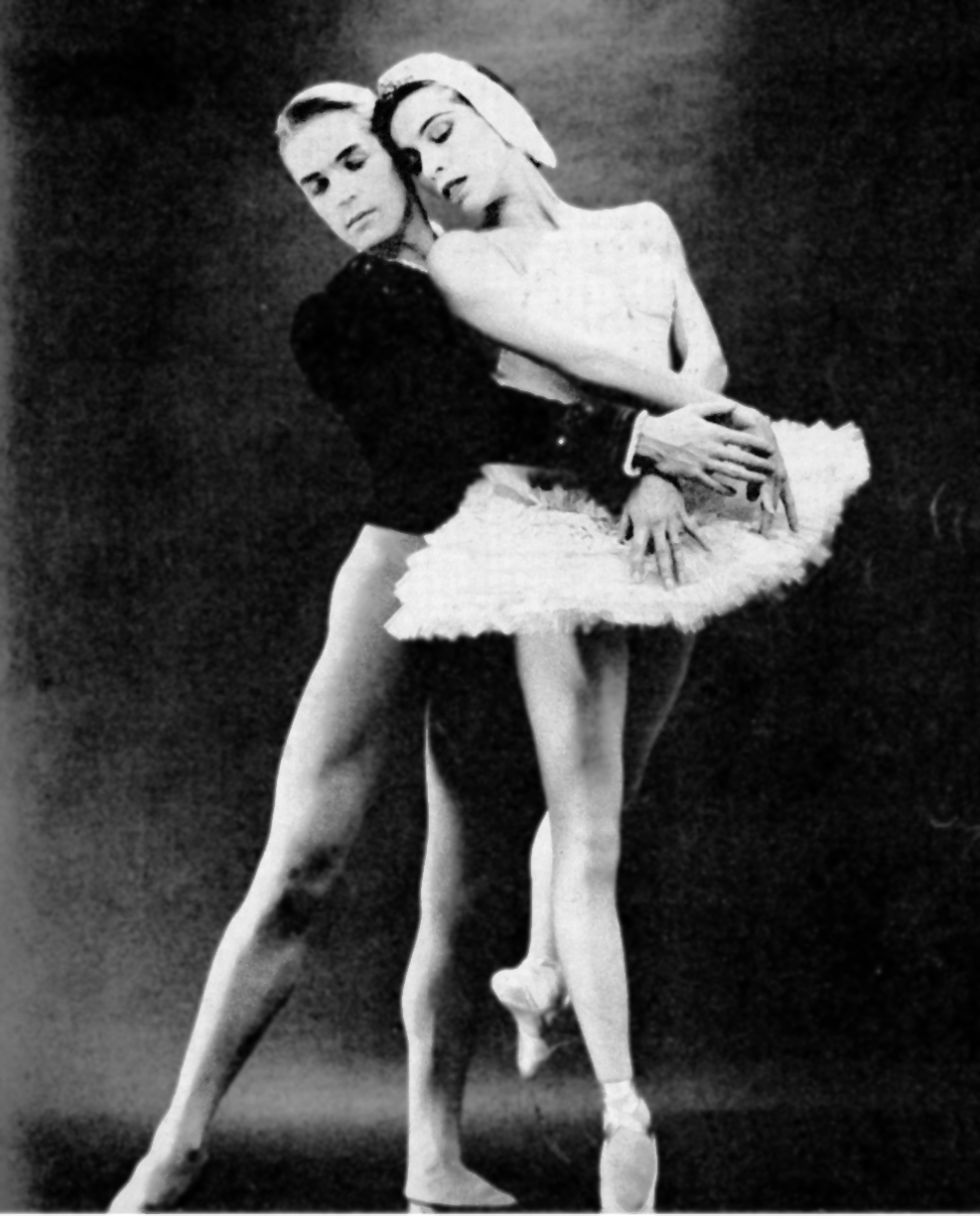

Maria Tallchief was a Native American prima ballerina who became one of the most celebrated dancers of the 20th century. Born on January 24, 1925, in Fairfax, Oklahoma, she was of Osage heritage and broke barriers as one of the first Native American prima ballerinas. Tallchief’s remarkable technique, speed, and passion brought her critical acclaim, especially during her time as a leading dancer with the New York City Ballet from its inception in the 1940s.
Her collaborations with legendary choreographer George Balanchine, to whom she was also briefly married, were particularly noteworthy, leading to the creation of iconic roles that redefined American ballet. Tallchief’s legacy includes not only her groundbreaking performances but also her contribution to the arts through her work in promoting ballet and mentoring young dancers until her passing on April 11, 2013.
Margot Fonteyn
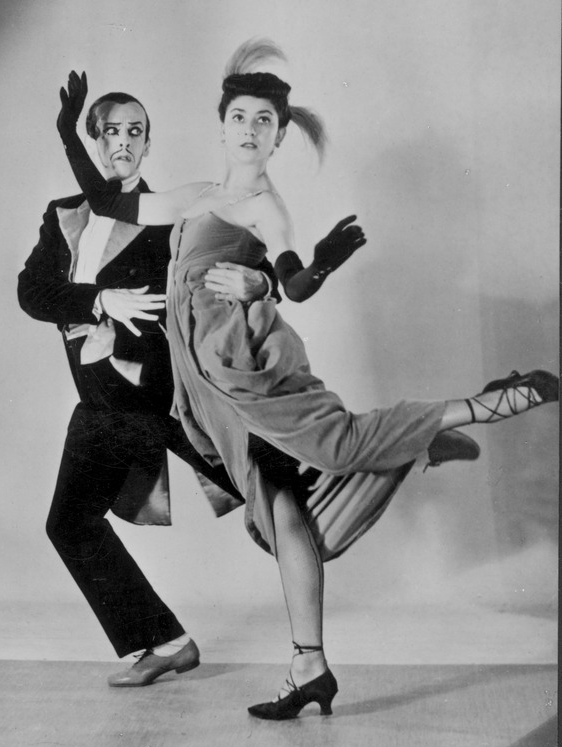

Dame Margot Fonteyn, born Margaret Evelyn Hookham in 1919, was an English ballerina. Her entire career was with the Royal Ballet, where she became the prima ballerina assoluta. Fonteyn’s partnership with Rudolf Nureyev in the 1960s became iconic, showcasing their brilliance in classical performances. Despite facing personal challenges, including her husband’s quadriplegia, she continued to dance until semi-retirement in 1972. Recognized as prima ballerina assoluta in 1979, Fonteyn’s legacy lives on as an acclaimed figure in the history of ballet. She passed away in 1991 from ovarian cancer.
Anna Pavlova
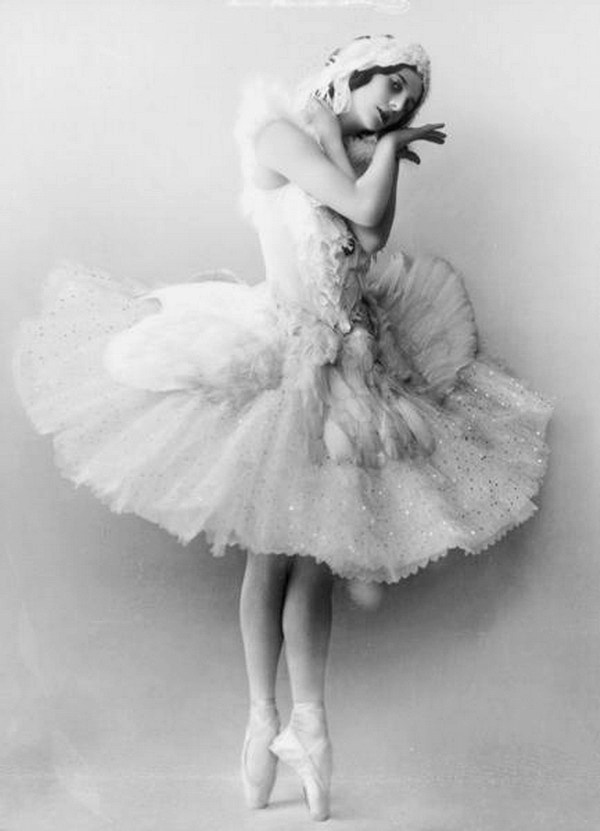

Anna Pavlova (1881-1931) was a groundbreaking Russian prima ballerina, known for her unconventional style and iconic roles, including “The Dying Swan.” After graduating from the Imperial Ballet School, she rose to prominence with Marius Petipa. Pavlova toured globally, inspiring audiences and shaping the development of ballet in the United States and the UK.
Galina Ulanova
Galina Ulanova (1910–1998) was a revered Russian ballerina, hailed as one of the 20th century’s greatest. Born in Saint Petersburg to Mariinsky Theatre soloists, she joined in 1928 and later dazzled at the Bolshoi Theatre. Renowned for her depth of expression, Ulanova achieved global acclaim. Awarded Hero of Socialist Labour twice, she left a strong impression on ballet, earning accolades, including the Stalin Prize. Her legacy endures, with monuments, a memorial museum, and recognition as a cultural icon.
Maya Plisetskaya
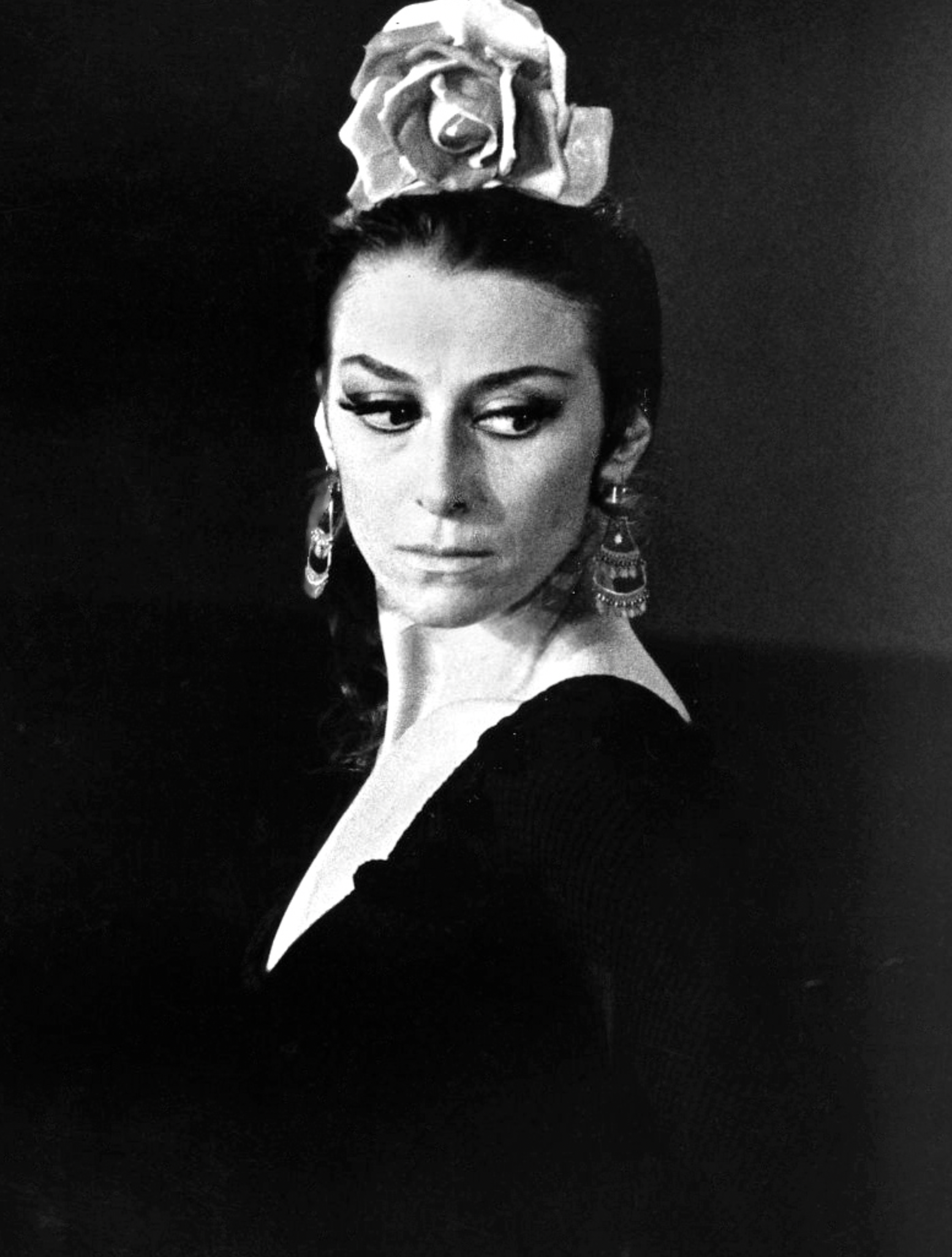

Maya Plisetskaya (1925–2015) was a Soviet and Russian prima ballerina known for her powerful, dramatic style. Born into a family of artists, she faced tragedy during the Great Purge. Despite political challenges, she became a cultural icon at the Bolshoi Theatre, earning international acclaim for iconic roles. Plisetskaya’s influence transcended ballet, leaving a lasting impact on dance worldwide.
Sylvie Guillem
Sylvie Guillem CBE (born February 23 1965) is a French ballet dancer acclaimed for her roles with the Paris Opera Ballet and as principal guest artist with the Royal Ballet. She used to give guest appearances. Known as “Mademoiselle Non” for her independent career, she transitioned from ballet to contemporary dance, collaborating with artists like Akram Khan. Guillem retired in 2015 after an international farewell tour. Beyond dance, she’s a vegan and environmental advocate. Her awards include the Prix Nijinski, Honorary CBE, and the Praemium Imperiale.
Misty Copeland
Misty Copeland is an influential American ballerina who has made history and broken barriers in the world of classical ballet. Born on September 10, 1982, in Kansas City, Missouri, and raised in San Pedro, California, Copeland’s journey to ballet stardom is a testament to determination and resilience. Despite starting ballet training at the relatively late age of 13, which is older than most of her peers, she quickly showcased a remarkable natural talent and an extraordinary work ethic. Copeland’s ascent in ballet was meteoric; she joined the American Ballet Theatre (ABT) studio company in 2000, advancing to the corps de ballet in 2001, and then becoming the company’s first African American female principal dancer in 2015. This historic achievement marked a significant moment in ballet history, challenging longstanding racial disparities and stereotypes within the art form.
Beyond her performances, Misty Copeland has become a cultural icon, using her platform to promote diversity, inclusion, and healthy body image in ballet and beyond. Her story is one of overcoming adversity, including battling racial prejudice and body image criticism in a field that has historically favored a very specific body type and ethnicity. Copeland’s influence extends outside the dance world; she is an author, public speaker, and has endorsed several major brands, further highlighting her role as a trailblazer and advocate. Her autobiography, “Life in Motion: An Unlikely Ballerina,” and her children’s book, “Firebird,” have inspired countless young dancers, especially girls of color, to pursue their dreams in dance and in life. Misty Copeland’s legacy is not just her extraordinary achievements in ballet but also her dedication to changing the narrative and making ballet more accessible and inclusive for future generations.
Svetlana Zakharova
Svetlana Zakharova was born on June 10, 1979, in Lutsk, Ukrainian SSR. She is a renowned Ukrainian-born prima ballerina. Currently dancing with the Bolshoi Ballet and an étoile of the La Scala Theatre Ballet, she rose to fame for her exceptional performances, receiving numerous awards. Zakharova is married to violinist Vadim Repin, and they have a daughter named Anna.
Diana Vishneva
Diana Vishneva was born July 13 1976. She is a celebrated Russian ballet dancer linked to the Mariinsky Ballet. Trained at the Vaganova Academy, she earned top honors, joining Mariinsky in 1995 and swiftly rising to the principal. Beyond classical roles, Vishneva excels in contemporary works, receiving accolades globally, including the Benois de la Danse and Golden Mask. Her diverse career encompasses collaborations, awards, and ventures into fashion, exemplifying her multifaceted artistry.
Marianela Núñez
Marianela Núñez, born March 23 1982, in Buenos Aires, is a renowned Argentine-British ballet dancer and principal artist at The Royal Ballet, London. She was appreciated by the late Queen. Trained at Teatro Colón Ballet School, she joined The Royal Ballet in 1997, rising to become a principal dancer in 2002. Núñez’s acclaimed career spans classical and contemporary works, earning her prestigious awards and accolades.
Tamara Rojo
Tamara Rojo CBE, born May 17 1974, in Montreal, is a Spanish ballet dancer, director, and choreographer. A former principal dancer with The Royal Ballet, she served as the artistic director of English National Ballet from 2012 to 2022. Rojo, known for overcoming major injuries, assumed the role of an artistic director at San Francisco Ballet in 2022, making history as its first female director.
The Role of Mentorship and Continuing Education
Mentorship and continuing education play pivotal roles in a dancer’s career. Guidance from seasoned dancers and coaches provides invaluable insights, helping navigate the complexities of the art form and industry. Mentors share experiences, fostering professional growth and instilling essential skills. Continuous training is paramount for dancers to adapt to evolving roles and techniques.
Ongoing education in and out of choreographing companies ensures mastery of new choreography and diverse styles, enhancing versatility. The mentor-disciple relationship contributes to a rich dance heritage, passing down knowledge and preserving artistic traditions. In a field where innovation meets tradition, mentorship, and continuous education serve as cornerstones, shaping accomplished and resilient dancers.
Final Thoughts
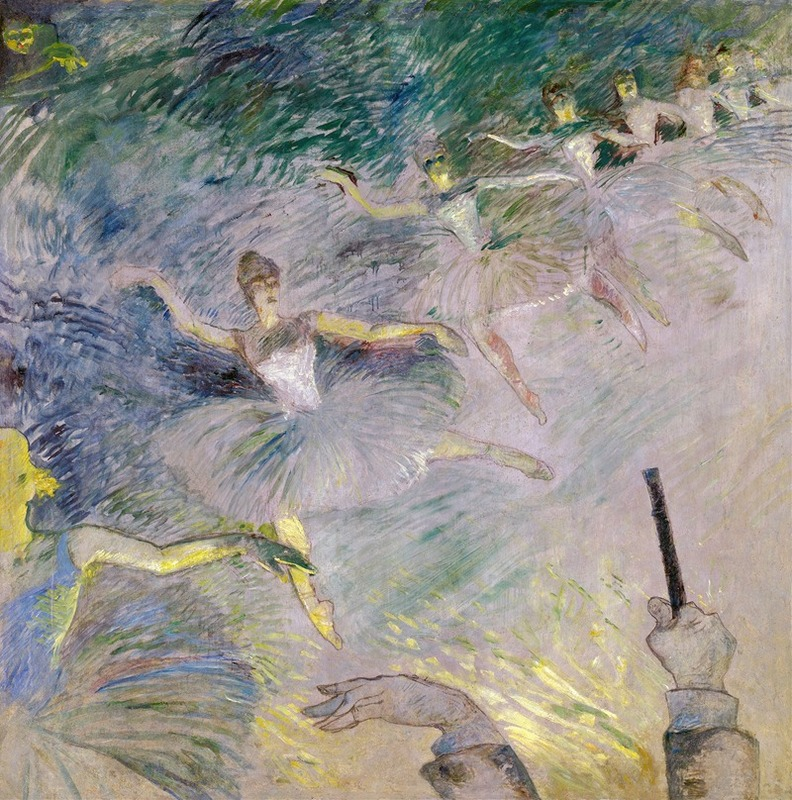

Becoming a prima ballerina demands unparalleled commitment, reflecting an unwavering dedication to the art of ballet and the profession of ballet dancers. This achievement not only transforms an individual dancer but also leaves an enduring imprint on the world of ballet. The journey to prima ballerina status symbolizes a profound devotion to excellence, shaping the legacy of dance for generations to come.
By Anila Hasnain.
Design Dash
Join us in designing a life you love.
-
What is Tax-Loss Harvesting, Is It Legal, and Does It Build Wealth?
A legal and simple strategy, tax-loss harvesting helps you offset capital gains and grow your wealth by reducing your tax bill.
-
DesignDash Guide: Create the Ultimate Fall Capsule Wardrobe
Build a fall capsule wardrobe to streamline your style, save time, and support sustainability with versatile, high-quality pieces.
-
How to Support a Partner Who is Making a Major Career Change
Wondering how to be a supportive partner during periods of transition? Here’s how to care for your partner (and yourself) during this time.
-
How Dollar-Cost Averaging Can Help You Navigate Market Volatility
Learn how dollar-cost averaging (DCA) can help you grow your wealth with consistency and ease, even during market volatility.
-
Fall Meal Prep: Maximizing Space for Soups, Stews, and Bakes
From decluttering your pantry to creating a cozy prep station you’ll actually enjoy, here’s how to organize your kitchen for fall meal prep.
-
Looking to the Future? Maybe It’s Time to Refresh Your Firm’s Brand
Your interior design business shouldn’t have to rebrand every time you open a new studio or add a new service, but it might need a brand refresh.



